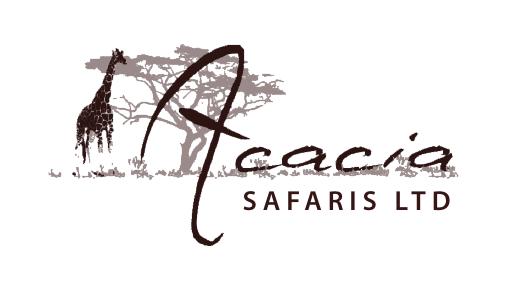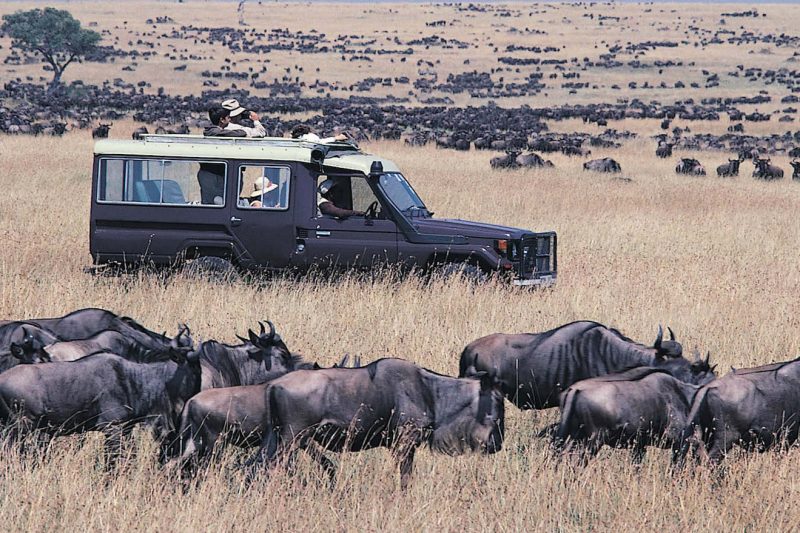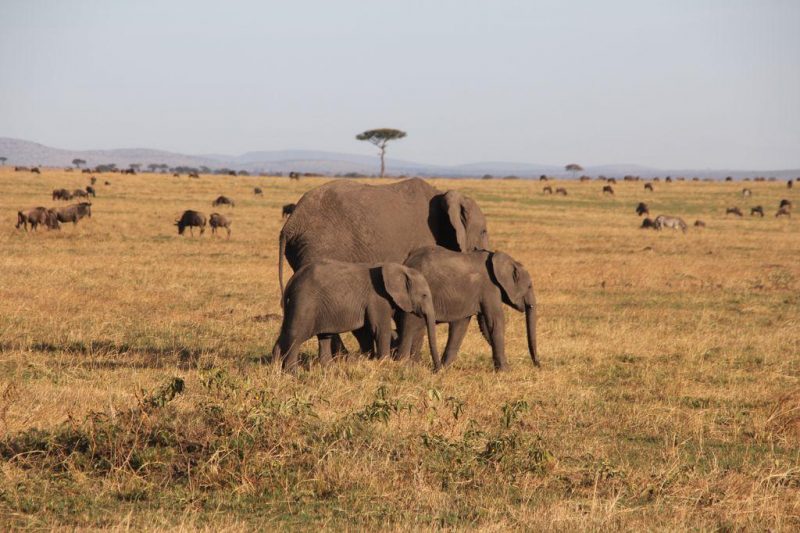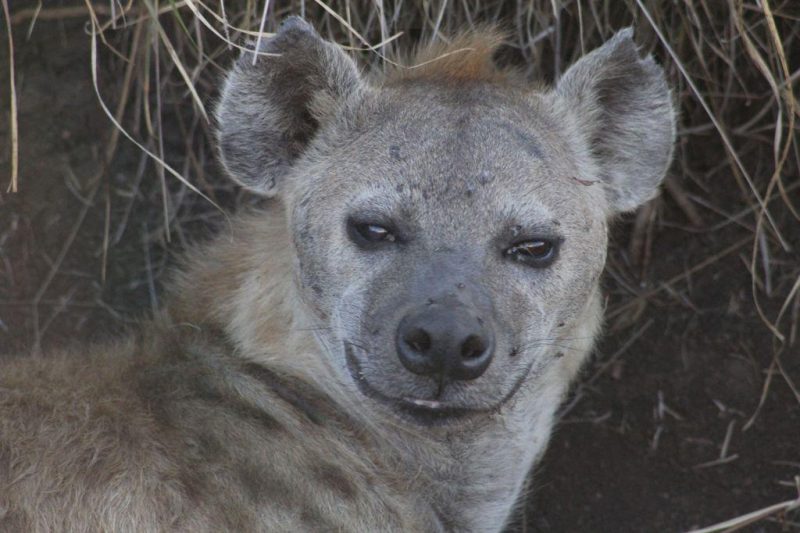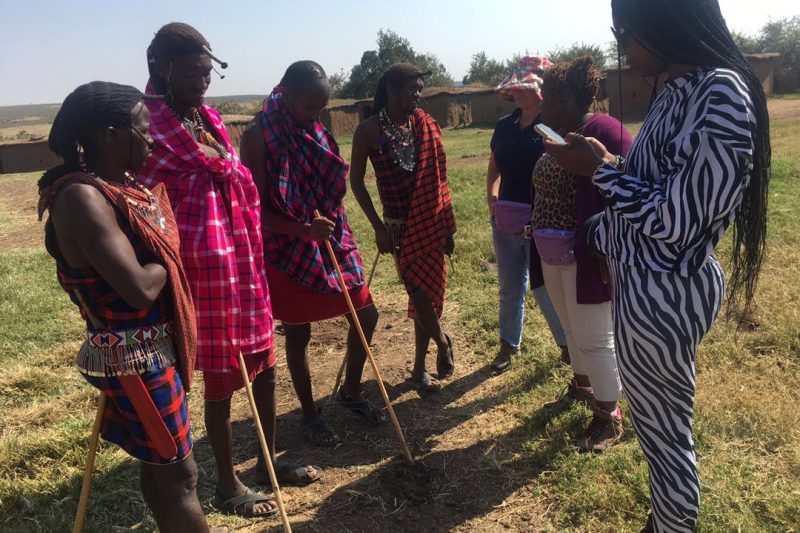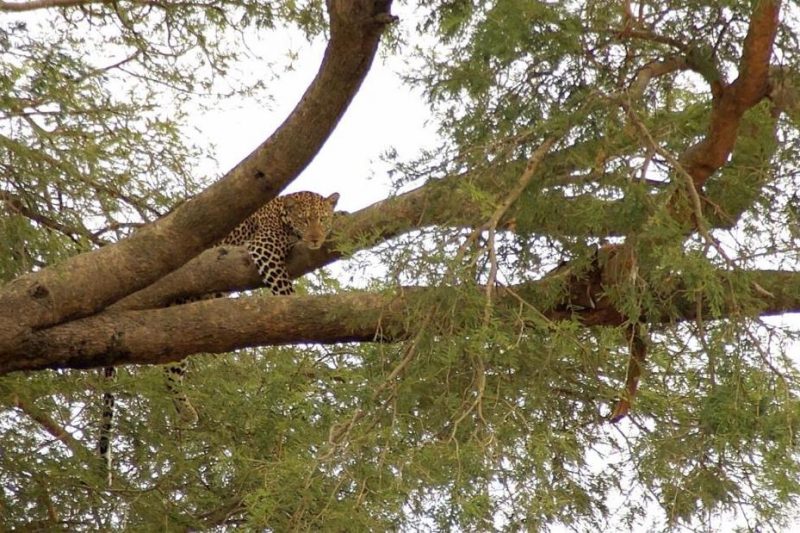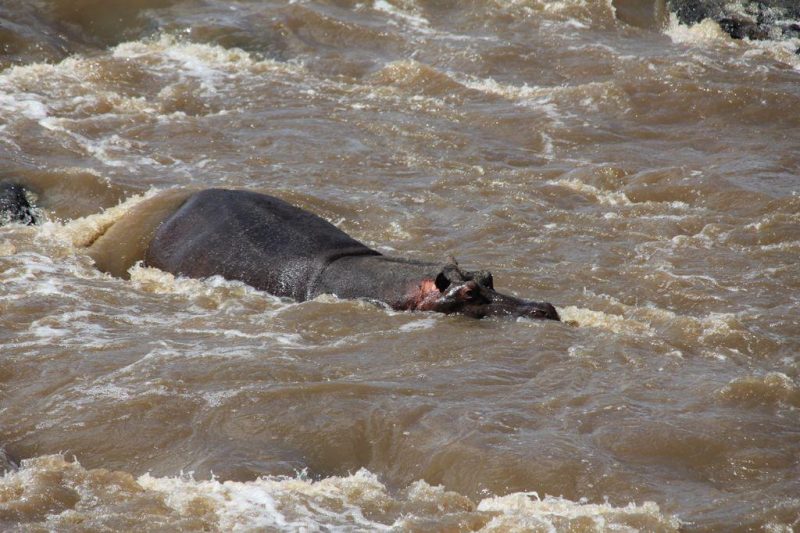About Tanzania – A Guide to Tanzania’s History and Economy
Tanzania is rich in mineral wealth and natural gas, but the economy is dominated by agriculture. Tourism is the country’s biggest foreign exchange earner. Tanzania’s 120 ethnic groups make up the African population, with a significant number of Asians, Arabs, and Europeans. English and Swahili are the official languages.
About Tanzania History And Economy
In many ways, the history of Tanzania is the history of humanity. Fossils found in the Olduvai Gorge, one of the most important archaeological sites in the world, indicate that Tanzania was inhabited by humans more than two million years ago. The Iron Age migration from West Africa was followed by European and Arab slave traders, missionaries, and carpenters, and by the mid-19th century, Zanzibar had become the center of the East African slave trade. Tanganyika, colonized first by the Germans and then by the British, became peacefully independent in 1961. Zanzibar was added in 1964, creating the modern state of Tanzania.
Rich in mineral resources and natural gas, Tanzania’s economy is dominated by agriculture, which employs 75% of the workforce and accounts for half of the country’s GDP. Tanzania’s main exports are gold, coffee, tea, and cotton. However, tourism, the importance of which is increasing year by year, is the main source of foreign exchange income.
People And Culture
Many of Tanzania’s 120 ethnic groups make up the African population, including large numbers of Asians, Arabs, and Europeans. Despite this mix of different identities, Tanzania has long developed a harmonious national culture. Culture is based on subtle but powerful social norms of courtesy and respect. English and Swahili are official languages.
About Tanzania Landscape And Wildlife
Nestled in the arms of the Great Rift Valley, Tanzania’s vast central plateau borders the Great Lakes of Africa to the west, mountains (including Africa’s highest peak, Mount Kilimanjaro) to the north, and Mount Kilimanjaro to the east. The Indian Ocean. Grasslands, open forests, and savannah cover most of the country, but large tracts of rainforest can be found in remote mountain ranges.
Home to 20% of Africa’s large mammals, Tanzania is one of the most common animal-watching destinations on the African continent. With over 25% of the land set aside for conservation, Tanzania’s many game reserves are among the largest in the world. Most visitors head to the north of Tanzania, home to the most famous and most accessible game reserves. But in southern and central Tanzania there are vast reserves of mostly undesirable savannah and rainforest that mainly provide remote safaris.

